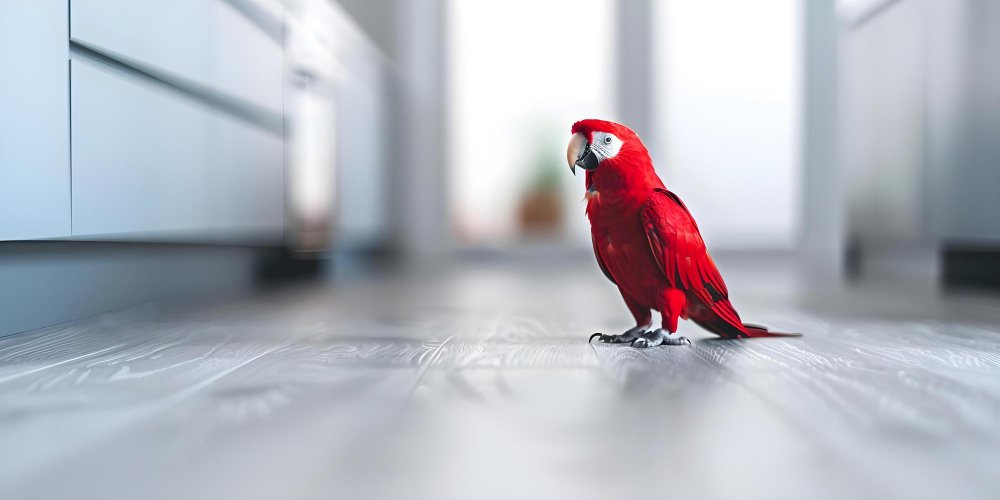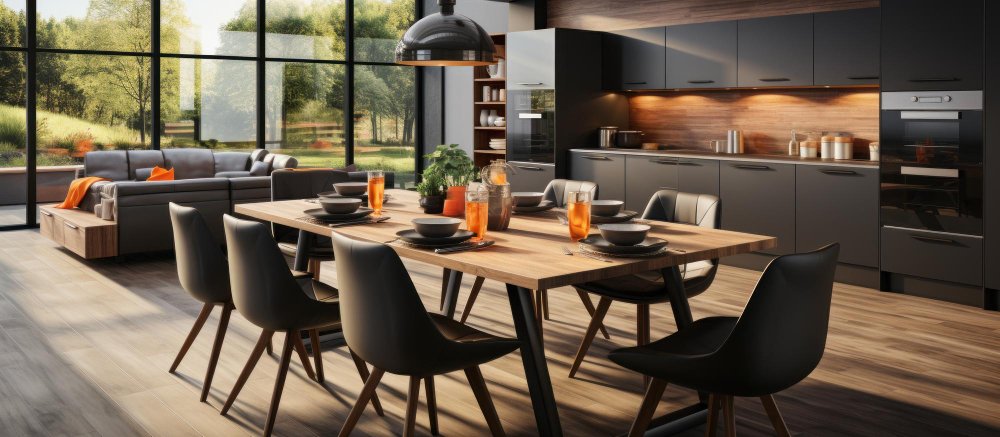Selecting the right kitchen flooring is a critical decision in any home improvement project. The kitchen is a high-traffic area exposed to spills, moisture, and heat, requiring flooring that balances durability, style, and functionality. Whether you prefer traditional tiles, modern materials, or innovative solutions, understanding the options available ensures a wise investment.
This guide provides a detailed list of considerations and tips to help you choose the ideal flooring for kitchens, combining practicality and elegance.
1. Prioritize Durability and Longevity
Kitchen floors endure heavy foot traffic and regular wear and tear. Choosing a material that withstands these conditions is crucial.
Tip: Look for materials with a wear layer or protective coating to prevent scratches and stains.
Recommended Materials: Porcelain tiles, luxury vinyl, and engineered hardwood are durable options suitable for busy households.
2. Focus on Water and Stain Resistance
Given the likelihood of spills, water-resistant materials are essential for maintaining the integrity of your flooring.
Tip: Seal grout lines in tile floors to minimize water absorption and staining.
Recommended Options: Vinyl flooring and ceramic tiles are highly resistant to water and stains, making them ideal for kitchens.
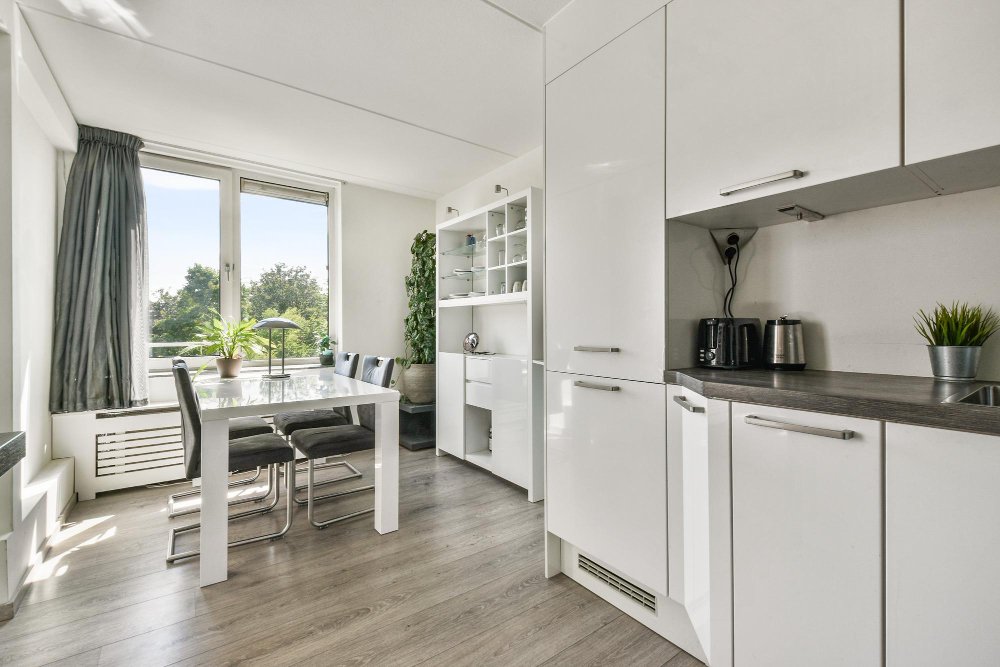
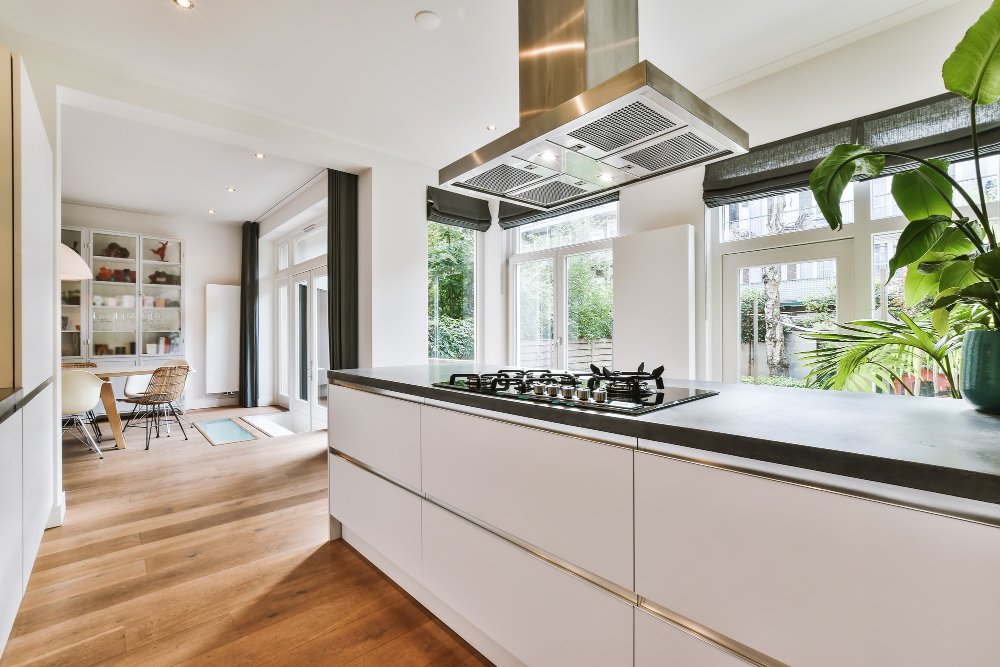
3. Evaluate Comfort and Safety
Kitchen tasks often require prolonged standing, so flooring that provides comfort underfoot is essential. Safety is equally important, especially in homes with children or elderly individuals.
Safety Consideration: Select slip-resistant surfaces to prevent accidents, especially in wet areas.t
Comfortable Choices: Cork and rubber flooring offer cushioning and reduce fatigue.
4. Consider Aesthetic Appeal
Your kitchen floor should complement the overall design and color scheme of your space.
Popular Styles:
Classic Look: Hardwood or wood-look vinyl for timeless appeal.
Contemporary Style: Concrete or large-format tiles for a modern touch.
Rustic Charm: Distressed wood or natural stone for a cozy, country feel.
Tip: Use samples to see how different materials look under your kitchen’s lighting conditions.int.
5. Think About Maintenance Requirements
Ease of maintenance is vital for a room that sees daily activity.
- Low-Maintenance Choices: Vinyl and laminate are easy to clean and require minimal upkeep.
Higher Maintenance Options: Natural stone and hardwood may need regular sealing and polishing to maintain their appearance.
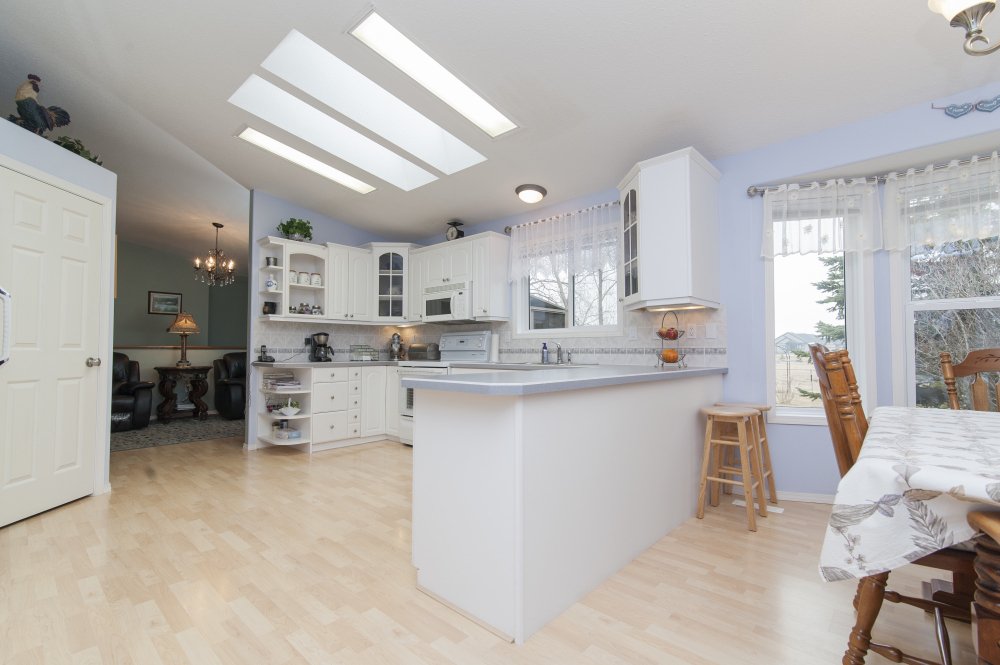
6. Factor in Budget Constraints
The cost of kitchen floor materials varies widely. Consider your budget while keeping quality in mind.
- Affordable Options: Vinyl, laminate, and ceramic tiles are cost-effective without sacrificing style.
Premium Choices: Hardwood and natural stone offer a luxurious look at a higher price point.ck.
7. Assess Environmental Impact
Eco-conscious homeowners may prefer sustainable flooring options.
Eco-Friendly Choices: Bamboo, cork, and reclaimed wood are renewable and environmentally responsible.
Tip: Look for materials certified by organizations like the Forest Stewardship Council (FSC).
8. Choose the Right Thickness and Installation Method
The thickness of the flooring material affects durability, comfort, and compatibility with underfloor heating.Tip: Consult a professional to determine the best installation method, whether it’s floating, glued, or nailed down
How to Choose Custom Cabinetry for Restaurants: Expert Tips for Success
How to Choose the Perfect Kitchen Flooring: Essential Tips
How to Plan a Renovation Without Breaking the Bank
9. Plan for Transitions Between Rooms
Ensure the kitchen flooring flows seamlessly into adjacent areas, especially in open-concept designs.
Tip: Use transition strips or threshold pieces to create a smooth, cohesive look between different types of flooring.
10. Don’t Forget About Warranties
A strong warranty protects your investment and provides peace of mind.Tip: Opt for materials that come with a comprehensive warranty covering defects, wear, and moisture damage
Conclusion: The Perfect Kitchen Flooring Awaits
Choosing the right kitchen flooring requires careful consideration of durability, style, comfort, and maintenance. By evaluating your needs and exploring various materials, you can find a solution that enhances both the functionality and aesthetic appeal of your kitchen. Invest in high-quality flooring for kitchens today to create a space that serves as the heart of your home, combining practicality and elegance in equal measure

